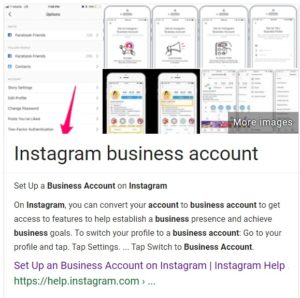There’s an opportunity to earn respect and brand recognition through offering NOT to contact customers and truly, it’s refreshing. The latest marketing bandwagon has brands reaching out offering to allow customers to opt out of Mother’s Day marketing.
Why is this a good idea?
First of all, Mother’s Day is a tough, sensitive holiday, invented by the greeting card companies and fraught with grief and pain. Mother’s Day, more than many other commercial holidays, really seems to hit a lot of people in a particularly tender spot. Also, after two years of a deadly pandemic, many of us are grieving and a reminder of that isn’t helpful. By allowing consumers to take a pass on the flowers and breakfast-in-bed marketing content brand are demonstrating listening to consumer needs and registering an attitude of caring.
 Now, for some cynicism.
Now, for some cynicism.
If you decide to opt out, know that you’re providing data to these companies, letting them know whether Mother’s Day content is even worth the budget. Perhaps it’s not. Or, they will repackage the content or special offers in another way, on another date, just to make sure they haven’t lost your attention.
Do it anyway.
Consumers like it when brands care, and will remember the first few that ask and offer this opt out option. If an opt-out outreach doesn’t fit your marketing model and you’re moving ahead with Mother’s Day-related content, think about an acknowledgement that this holiday is difficult for some, and be sensitive to how your content will be received before launching it.
What will you do? Will you adjust your marketing plans or social media posts? Will you launch an opt-out campaign?

 With every new social media tool, there’s a learning curve to using it to benefit your business. It might be intuitive to use it personally, but if it’s not, the business angle can be a bigger leap.
With every new social media tool, there’s a learning curve to using it to benefit your business. It might be intuitive to use it personally, but if it’s not, the business angle can be a bigger leap.